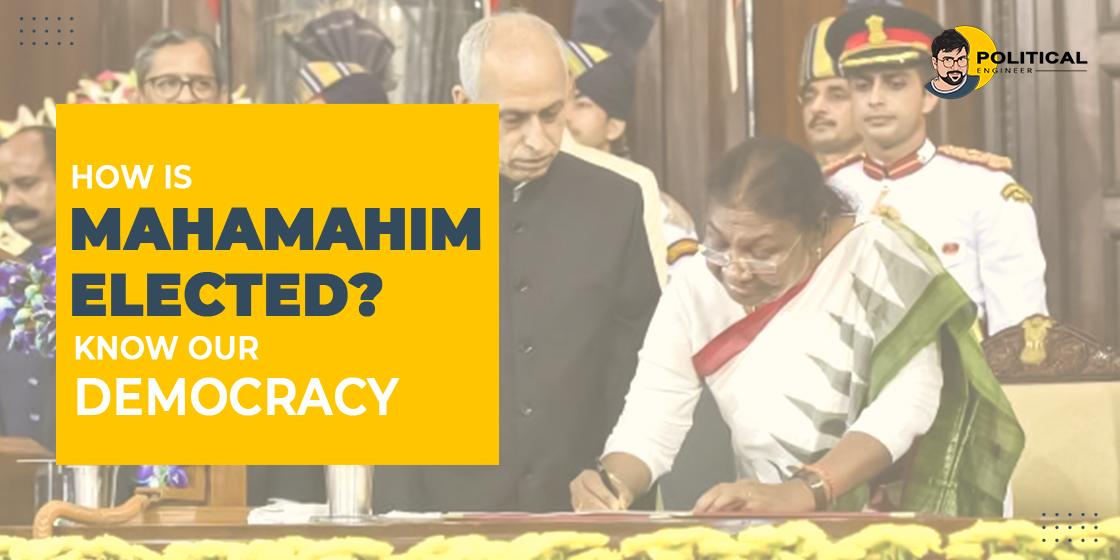While elections are a fairly well-known topic, the election of the (Mahamahim) President of India is still a mystery to many.
How is Mahamahim Elected | Procedure for Electing President
Learn more about this In the article How is Mahamahim Elected-Know our Democracy. Check out our latest article on Indian constitutional law for electing the president of India in 2023.
Unlike MLAs and MPs, there is no direct election for the position of President of India. An electoral college selects the president. The question is,
Who exactly makes up the electoral college?
They are members of the Lok Sabha, Rajya Sabha, state legislatures, and the union territories of Delhi and Puducherry. The electoral college does not include members of the Rajya Sabha or State Legislative Councils.
The Parliament of India, according to Article 79 of the Indian Constitution is made up of the President of India and the two Houses of Parliament known as the Council of States (Rajya Sabha) and the House of the People (Lok Sabha). The President is elected by members of an electoral college, composed of elected members of both Houses of Parliament as well as elected members of state legislatures and the union territories of Delhi and Pondicherry.
The President’s term in office will last for five years from the day he takes office, but he or she is free to leave before the completion of five-year tenure. There will be two of these situations. The first occurs when the President writes a letter of resignation to the Vice President under his hand, and the second occurs when the President is impeached for infringing on the Constitution and removed from office.
According to Article 55 of the Constitution, the scale of representation of the several states in the election of the President must be as uniform as possible. To ensure such uniformity, the number of votes to which each State is entitled is determined as follows:
❖ Every elected member of a State’s Legislative Assembly shall have as many votes as there are multiples of one thousand in the quotient obtained by dividing the state’s population by the total number of elected members of the Assembly.
❖ If, after dividing the total number of votes assigned to members of the State Legislation Assemblies by the total number of elected members of both Houses of Parliament, the remainder is not less than 500, the vote of each member shall be increased by one.
❖ Each elected member of either House of Parliament shall have a such number of votes as may be obtained by dividing the total number of votes assigned to members of the State Legislation Assemblies by the total number of elected members of both Houses of Parliament (Lok Sabha and Rajya Sabha).
❖The President shall be elected using the proportional representation system and a single transferable vote, with voting taking place by secret ballot.
What is the Process for Impeachment of the President from Office?
❖ Article 61 of the Constitution states that when a President is impeached for violating the Constitution, the allegation may be presented by either House of Parliament. No such change shall be preferred unless,
❖ The proposal to prefer such change is contained in a resolution moved after at least fourteen days written notice in writing signed by not less than one-fourth of the total number of members of the House of their intention to move the resolution has been given.
❖ Such a resolution has been passed by a majority of not less than two-thirds of the total membership of the House.
Fact:- In the history of Indian democracy, no president has ever undergone impeachment.

Get more interesting stuff on our official portal. Visit us on:

